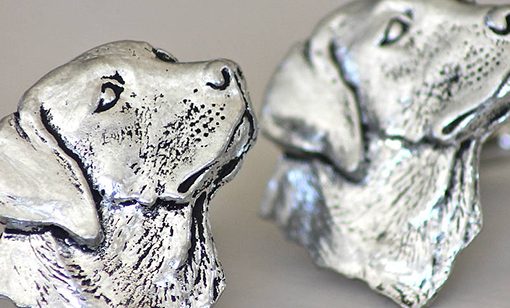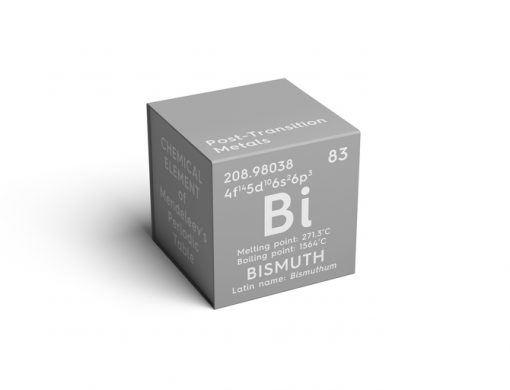
The Versatility and Durability of Zinc Sheets for Countertops
Did you know that zinc sheet metal is an ideal material for countertops, sinks and commercial and residential bar tops? Zinc sheet metal contains many highly desirable properties when used for countertops and is a viable alternative to stainless steel. Zinc sheet metal can last for more than 100 years, and the exact color and…



